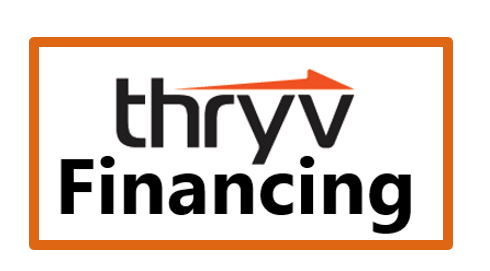Roof Storm Damage: What to Look for
If you are wondering what to look for if your roof has been damaged by a storm, then this blog post is for you. There are many things that people don’t realize they need to check when there is damage done, and it can be easy to miss some important details. We will go over the most common signs of damage and give examples so that you know what to look for in your own home!
Types of Roof Storm Damage
Wind
Hurricane-force winds or gale-force winds (which are classified as winds 74 mph or greater and 39-54 mph respectively) can cause visible damage to your home’s roof. High winds of this magnitude can remove or tear shingles, leaving the underlayment, roof deck, or waterproofing material exposed to the elements.
Even during less severe storms, sudden gusts of wind can lift and/or curl the shingles on your woof. When shingles are installed by a licensed and knowledgeable professional, they are purposely overlapped to create a water-tight seal. Lifting and curling from these gusts of wind can break the seal, leaving your roof susceptible to damage from precipitation.
Hail
Hail can leave dents in your roof’s shingles and knock granules loose. Shingle granules are an important part of your roof’s water resistance, so if they are blown away by high winds or hail, you are at risk for water penetration.
Standing Water
Roofs that do not have proper drainage can experience issues with standing water in uneven areas, especially after big rainstorms. Clogged gutters can also prevent rainwater from escaping your roof, resulting in backed-up rainwater underneath shingles. This allows moisture to potentially penetrate the underlayment or the roof deck.
Debris
Depending on the severity of the storm and how many trees are near your home, debris can end up on the top of your roof. Large tree limbs can dent or impact the surface of the shingle, leaving your roof vulnerable to moisture.
Conduct an Inspection Yourself
Even if there are no visible signs of damage, you should still conduct a thorough inspection. Roofs can often show hidden or internal damages that may not be immediately noticeable to the naked eye.
When inspecting your roof for storm damage, it is important to look at the following:
Roof : Visually assess your roof from the ground by walking around the perimeter of your home. Note any signs of visible storm damage.
Gutters, Vents, and Windows : Check for dents on your home’s gutters and roofing accessories, such as vents or overhangs. Window, on the other hand, should be inspected for cracks, broken glass, loose weather-stripping, and torn screens.
Attic and Ceilings : From the inside of your home, do a walk through each room of your house including the attic. Observe for leaks and water spots. While your home’s roof might appear undamaged on the exterior, wind, and hail can cause unseen leaks that may lead to bigger problems later. Ceilings, light fixtures, and your attic should all be inspected for water leaks and spots.
Invest in Trusted Roof Installation Services
If you find damage to your roof, gutters, or windows after a storm, it’s essential to involve your homeowner’s insurance provider right away so you can properly file a claim based on their requirements. At Crossover Roofing , we specialize in helping our customers navigate insurance claims, and offer 100% financing for our services. Contact us today for your free estimate.









